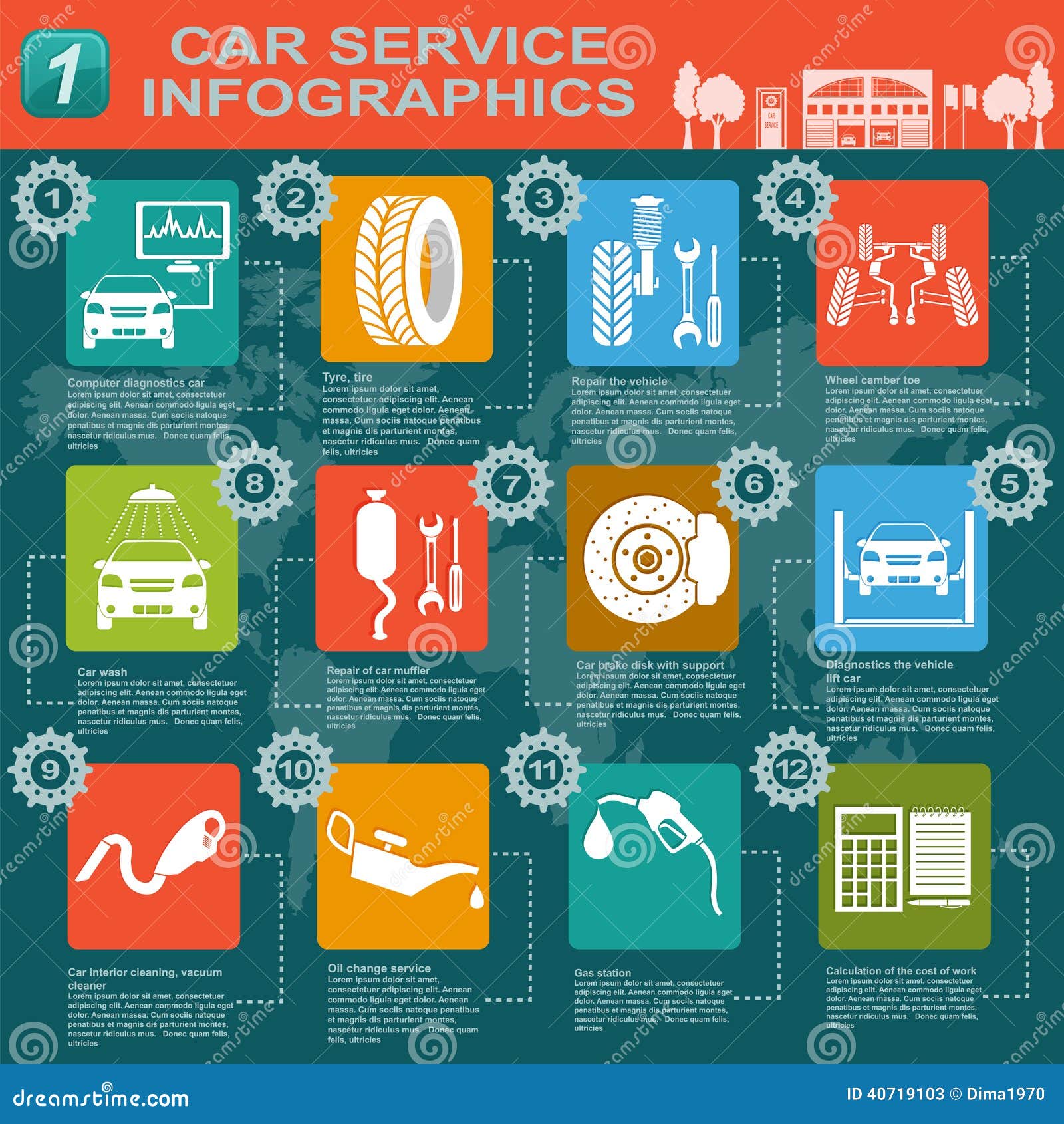Grasping The Significance Of Your Automobile'S Warning Signals: What They In Fact Represent
Grasping The Significance Of Your Automobile'S Warning Signals: What They In Fact Represent
Blog Article
https://collinldulc.webbuzzfeed.com/30798015/the-future-generation-of-automobile-detailing-noteworthy-trends-and-technologies-on-the-horizon -Boye Stark
When you're behind the wheel, those beautiful caution lights on your control panel can be a little bit bewildering. Do you understand what they're attempting to tell you concerning your cars and truck's health and wellness? Recognizing the importance of these lights is vital for your security and the longevity of your vehicle. So, the following time one of those lights pops up, wouldn't you want to decode its message properly and take the required steps to address it?
Common Warning Lighting and Interpretations
Recognize typical caution lights in your car and understand their meanings to guarantee safe driving.
The most normal warning lights consist of the check engine light, which indicates concerns with the engine or emissions system. If https://brake-shops96273.blog2freedom.com/30279324/essential-tools-that-every-car-repair-center-need-to-include begins, it's crucial to have your car examined quickly.
The oil stress advising light suggests reduced oil stress, requiring instant attention to prevent engine damage.
https://www.prnewswire.com/news-releases/cox-automotive-acquires-trudell-parent-company-of-trudell-trailers-and-northeast-great-dane-301590813.html flashing battery light may recommend a defective charging system, possibly leaving you stranded otherwise resolved.
The tire pressure tracking system (TPMS) light alerts you to low tire pressure, impacting lorry stability and gas efficiency. Overlooking this can bring about risky driving conditions.
The abdominal muscle light suggests an issue with the anti-lock stopping system, endangering your capacity to stop rapidly in emergencies.
Finally, the coolant temperature cautioning light warns of engine getting too hot, which can cause serious damage if not settled promptly.
Comprehending these typical caution lights will certainly help you resolve concerns quickly and keep secure driving conditions.
Importance of Prompt Focus
Recognizing the typical caution lights in your vehicle is only the first step; the value of immediately attending to these cautions can't be emphasized enough to ensure your security when traveling.
When a warning light illuminates on your control panel, it's your auto's method of interacting a prospective problem that requires interest. Overlooking these cautions can cause much more severe problems in the future, jeopardizing your safety and potentially costing you more out of commission.
Motivate attention to alerting lights can stop malfunctions and crashes. As an example, a flashing check engine light could show a misfire that, if left unattended, could trigger damage to the catalytic converter. Resolving this without delay can save you from a costly repair service.
Likewise, a brake system advising light may signal low brake liquid or used brake pads, important elements for your safety when driving.
Do It Yourself Troubleshooting Tips
If you observe a caution light on your dashboard, there are a couple of do it yourself repairing suggestions you can attempt prior to looking for expert help.
The initial step is to consult your auto's handbook to recognize what the certain caution light suggests. Sometimes the concern can be as straightforward as a loose gas cap triggering the check engine light. Tightening the gas cap may deal with the issue.
An additional common concern is a low battery, which can trigger numerous advising lights. Checking click here for rust and ensuring they're safe and secure could fix the issue.
If a warning light continues, you can try resetting it by detaching the auto's battery for a couple of mins and then reconnecting it. In addition, examining your car's fluid levels, such as oil, coolant, and brake fluid, can assist troubleshoot warning lights associated with these systems.
Verdict
To conclude, comprehending your automobile's warning lights is necessary for maintaining your vehicle running efficiently and securely. By immediately addressing these notifies and understanding what they imply, you can stay clear of pricey repairs and possible break downs.
Remember to consult your car's guidebook for specific information on each warning light and take action appropriately to guarantee a trouble-free driving experience.
Keep educated, remain safe when driving!
